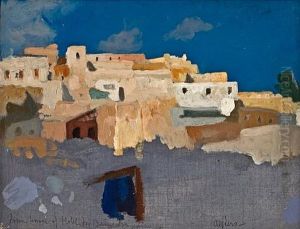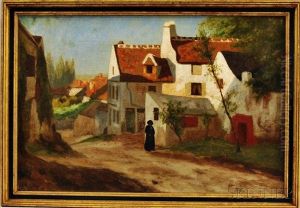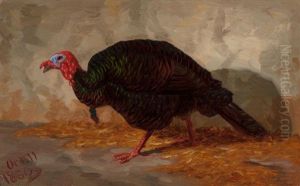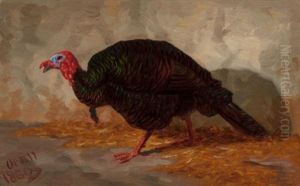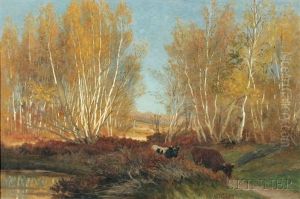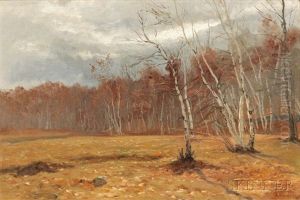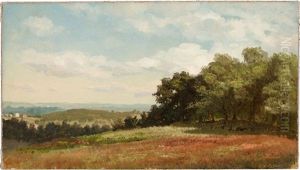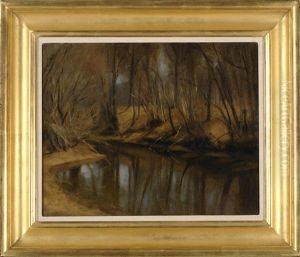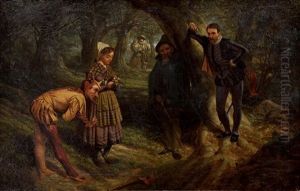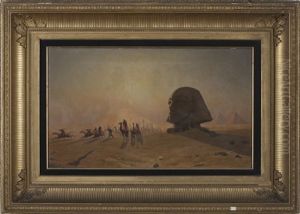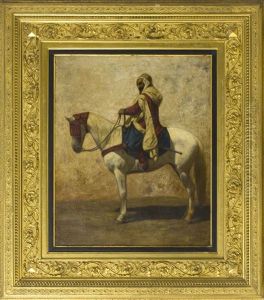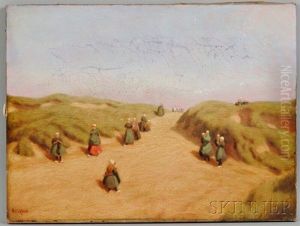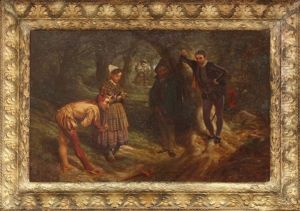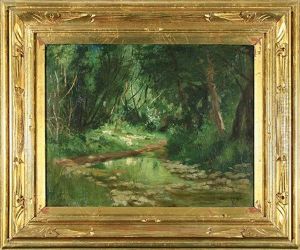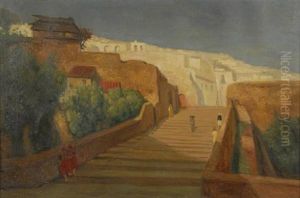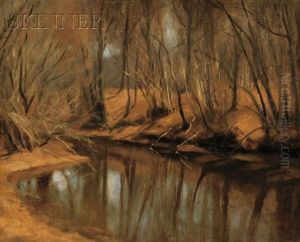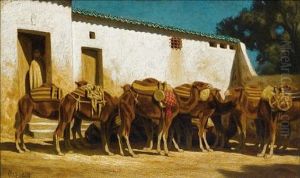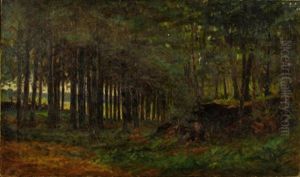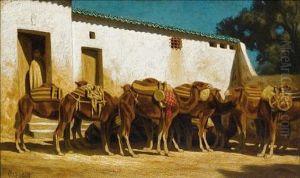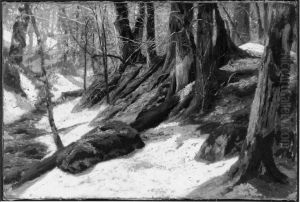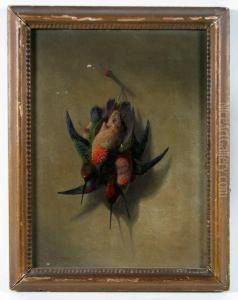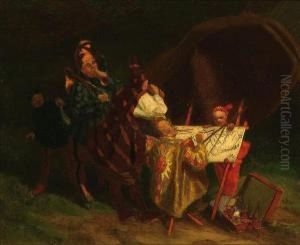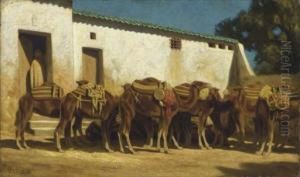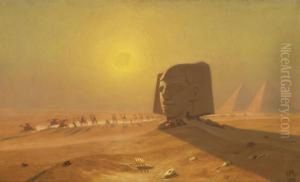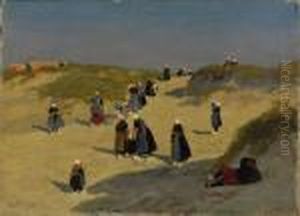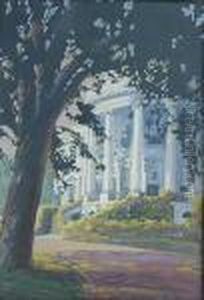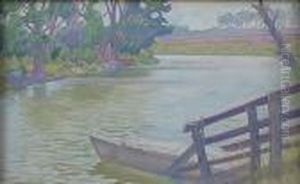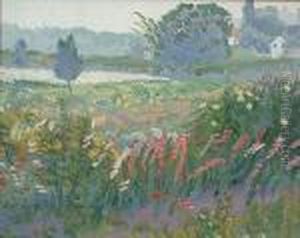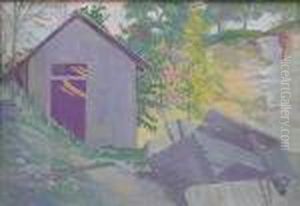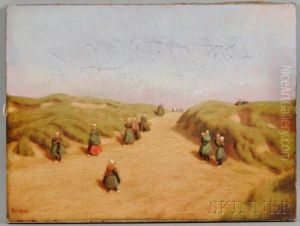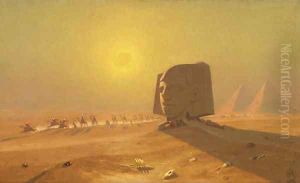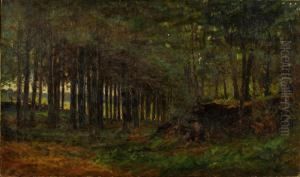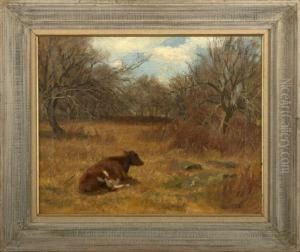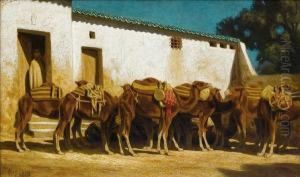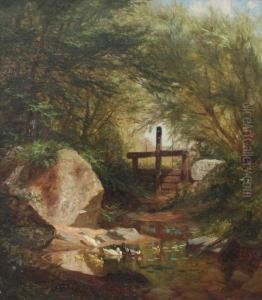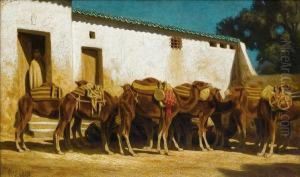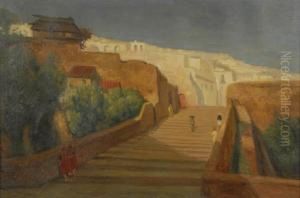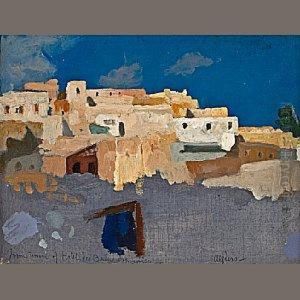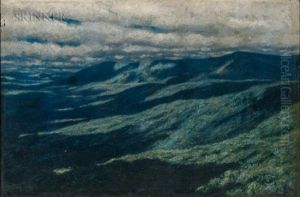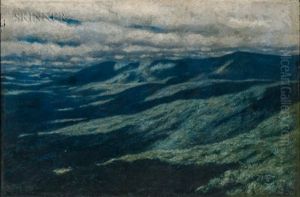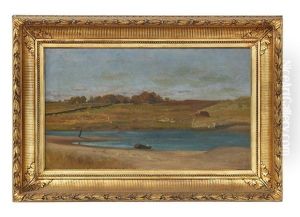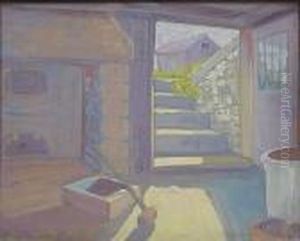Marcus Waterman Paintings
Marcus Waterman was an American painter known for his orientalist works and his contributions to the late 19th-century American art scene. Born in 1834 in Providence, Rhode Island, Waterman developed an interest in art at an early age. He initially began his career as a portrait painter but soon shifted his focus to landscapes and scenes inspired by his travels.
Waterman's artistic journey took him to Europe, where he honed his skills and absorbed the prevailing artistic trends of the time. He spent significant periods in Paris and Rome, where he was influenced by the works of the Old Masters as well as contemporary art movements. His exposure to different cultures and artistic styles played a crucial role in the development of his unique painting style.
In the 1870s, Waterman's fascination with the East led him to travel extensively in North Africa and the Middle East. During these travels, he created numerous works that depicted the people, architecture, and landscapes of these regions with a romanticized perspective characteristic of orientalist art. His paintings from this period are marked by their detailed depiction of subjects, vibrant use of color, and the exotic allure that was popular among Western audiences at the time.
Upon returning to the United States, Waterman continued to paint and exhibit his works. He became part of the artistic community, contributing to the growing interest in global cultures and supporting the idea of art as a means of cultural exchange. Throughout his career, he exhibited his work at various prestigious institutions and gained recognition for his unique contributions to American art.
Marcus Waterman passed away in 1914, leaving behind a legacy that reflects a blend of American artistic traditions and a fascination with the wider world. His works remain a part of several art collections and continue to be studied for their representation of 19th-century orientalism within the context of American art history.
